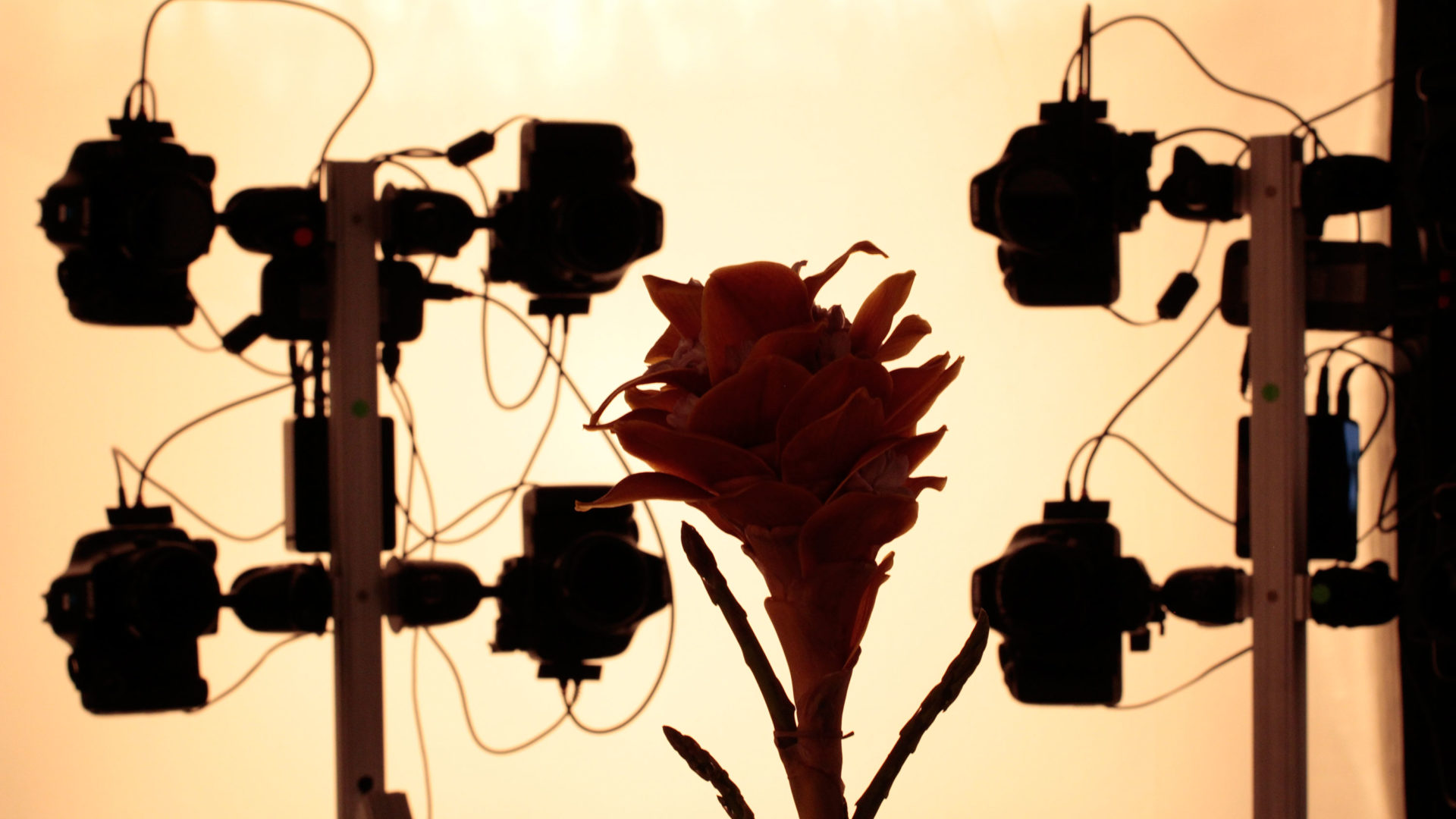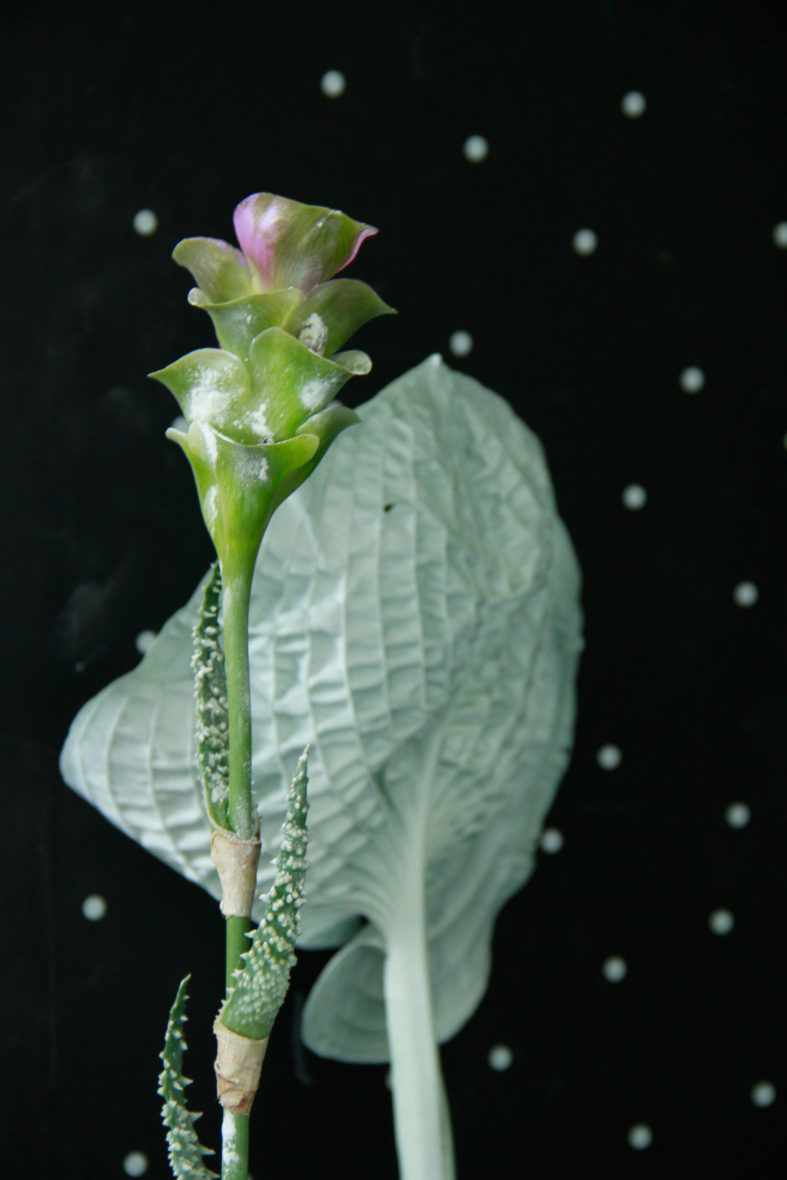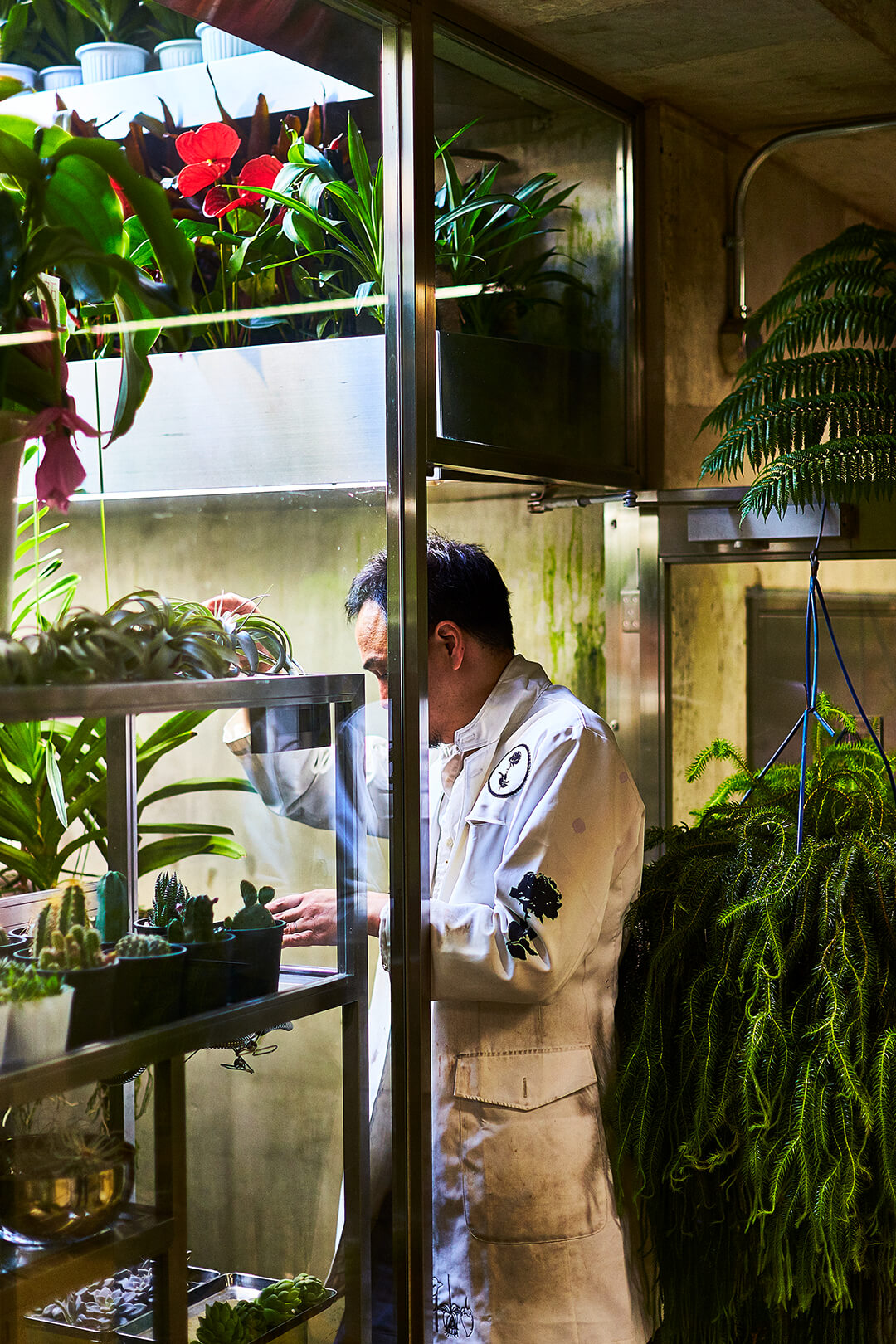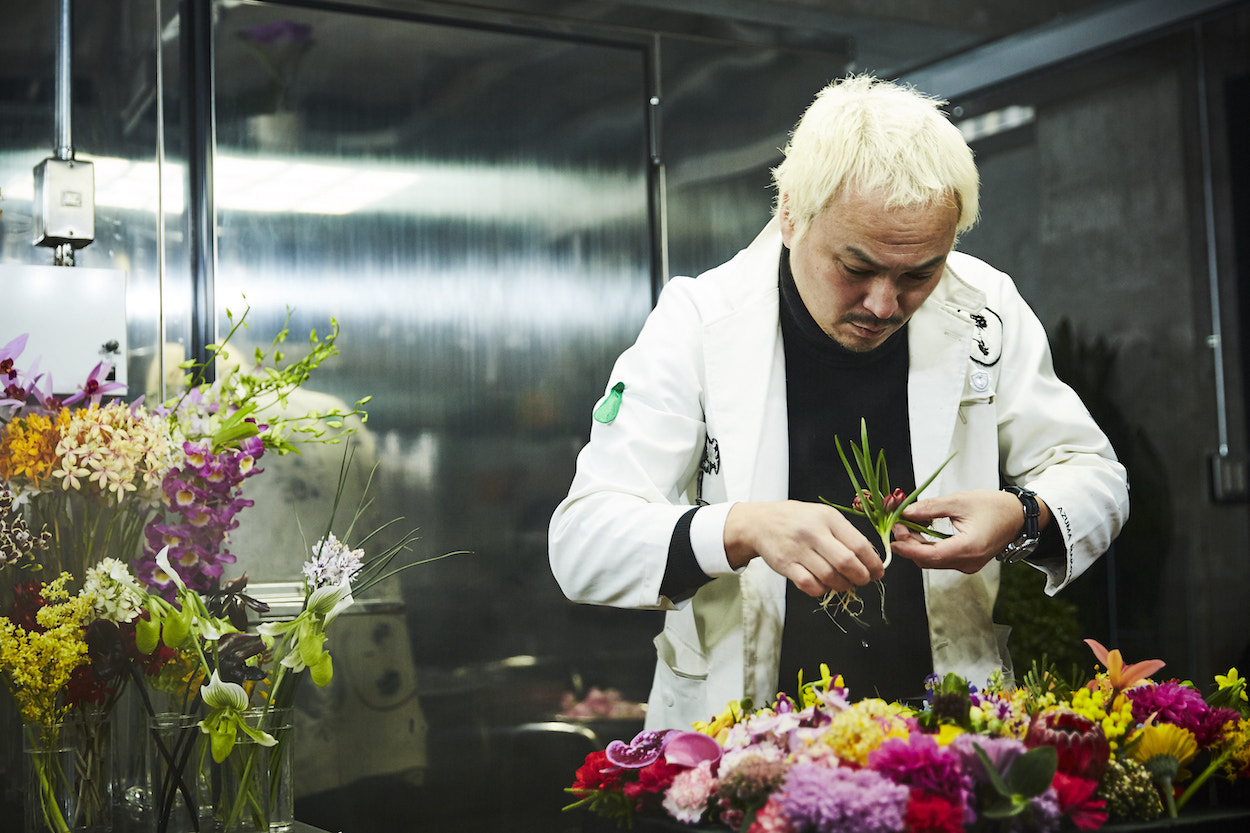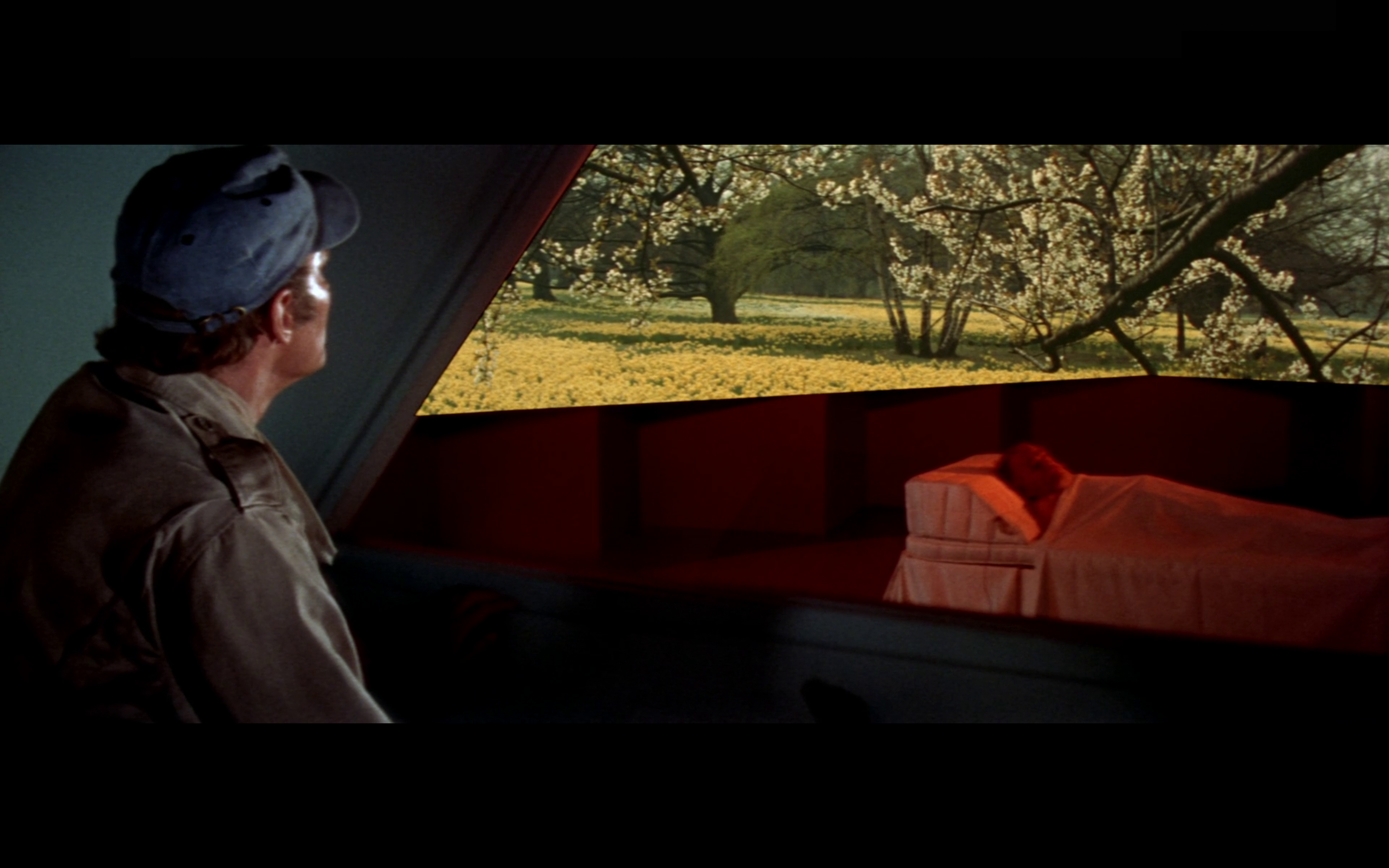Nature / Culture

naturally cultural
The myth of Prometheus in Plato's Protagoras describes humans as a natural species like animals and plants; they are born, evolve and die. As a result of the misallocation of the gods, humans do not have strong gifts or attributes. Unlike other animals, they do not have the ability to adapt to their environment. Man is a helpless animal, condemned to disappear. Prometheus, in order to repair this mistake, steals fire from Athena and gives it to man. Fire is a universal tool, the tool for making tools: intelligence, from which will flow the technique allowing men to adapt their environment to their needs. It would therefore be our nature to transform our environment. Culturally natural, naturally cultural.
The magazine Communication devoted a whole issue to the object in 1969. "The latter is considered a vector of communication: an element of culture, it is the concrete expression of a large number of human actions in society and is one of the messages that the social environment sends to the individual or, conversely, that Homo Faber brings to global society. Abraham Moles, a designer, goes on to say: "The object, in our civilisation, is hardly natural. We will talk about a stone, a frog or a tree as an object but rather as a thing. The stone will only become an object if it is promoted to the title of paperweight. The object is an element of the external world made by man which he can take or manipulate. A stone is a thing, the flint is an object. A flower is a thing until you cut it and harvest it. With a simple gesture, the flower becomes an object, nature becomes culture.
If our emotions are natural, the way we express them is a matter of culture. A few more words about the images and references chosen to illustrate this section:
Soylent Green is a film by Richard Fleischer from 1973. It is a science fiction film with an apocalyptic scenario in which New York is not really New York anymore. Food and energy resources are, like people, exhausted. What remains of a government proposes an escape, an assisted death in a center where you choose the last images you want to see before to die. Sol, an old man, will choose to leave by looking at images, of a world before, of nature and fields of flowers. He chooses these images as a return to the earth.
Marcin Rusak is an artist and designer from a family of horticulturists. Flowers are his material. His creations have a wide range of life spans, from a few days to an indefinite duration, he plays between the ephemeral and the perennial. He uses bacteria to observe their lifespan, and resin to extend it... Flowers are for him a real study material, between biological analyses and artistic creations.
Makoto Azuma, a floral artist whose works illustrate many of these articles, has a shop in Tokyo called "The Flower Garden". The flowers are displayed there, in the basement, in hermetic boxes, where the temperature, UV and humidity are controlled to show the flowers at their best.

